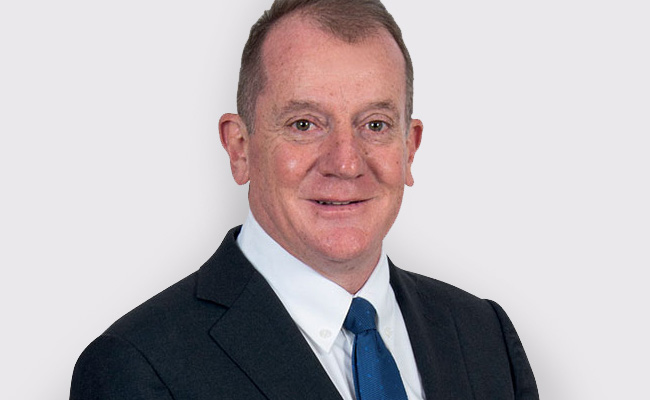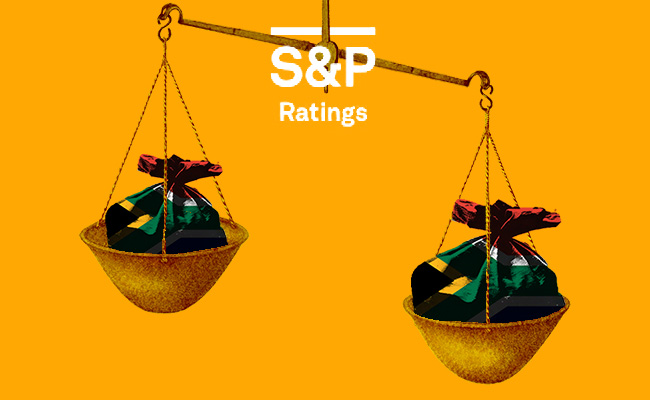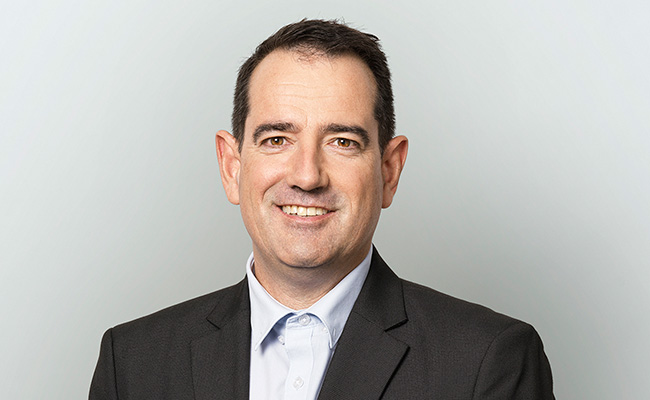The dog days are over, sang Florence and the Machine back in 2009, and perhaps the same is true for investment group Remgro. Finally, its fibre business CIVH has the deal with Vodacom approved, five years later; Mediclinic’s value is on the rise despite (another) chunky impairment; Outsurance is outstanding; and Heineken’s losses of R50m for the year ended June are a 10th of what they were last year. The only major fly in Remgro’s soup is, well, South Africa. Currency spoke to CEO Jannie Durand about the year to end-June.
Your headline earnings were up 38% – but there are still loads of chunky impairments, and the results were flattered by not having last year’s once-offs, like the R4.2bn charge you took on your stake in Heineken.
The Mediclinic one is big [the impairment was R3.5bn] but our valuation is actually up, it’s just the carrying value of the asset on the books in terms of Switzerland where the properties in their books were being carried at a higher value. It’s just an accounting entry.
Okay – but at what point can investors look forward to a cleaner set of accounts?
I think you probably won’t see any more.
Your intrinsic net asset value has gone up 16.5% to R292.34 but your shares are still trading way below that, even though they’re up 17% this year. And investors bemoan this every year …
We don’t determine the discount, so if we can improve the earnings, the cash flow, the special dividends hopefully that discount will come back to more normalised levels. And I think we’re on the right journey for that.
What is a more normal level? And is it unrealistic to get there for any investment holding company now?
Difficult to say, but historically it used to be between 20% and 25%. When we did the unbundling of FirstRand we unlocked a lot of value – and the discount increased. That’s why I think cash flow is important, that we can pay nice dividends, do special dividends. For example, the R2 special dividend, when sitting in the belly of Remgro is worth only R1.20 (because of the discount), so paid out to shareholders they get the full value.
You said that more than 80% of the portfolio is delivering improved earnings; what are the problem areas?
The one is Total, but that was a stock revaluation (because of the oil price) but the underlying performance was good. The other one was CIVH, but that was an interest rate hedge. So if you ask us what is still the problem child, even though they had a much improved performance, the margins at Heineken are still not where we want them to be. It’s a tough market out there, but the momentum is good. And clearly, if we can accelerate the CIVH-Vumatel deal we should also get much better performance out of that.
You hung in there for five years to get the competition authorities’ approval – was it worth it?
Ja, but look at the lost opportunities – not just for the company but also for the country. We could have probably been much further head in rolling out fibre. I think the setback in the digitisation of South Africa is about three years because we were willing to spend that money. We probably would have walked away if the appeal court had said no.
Do you have mixed feelings that they said yes?!
No. We’re very happy but it was a very frustrating five years.
Back to Heineken you said in the slides that the growth potential for it is huge – do you mean South Africa or Africa?
If you look at Namibia we’re doing extremely well there; if I look at the market in Kenya, Uganda and Tanzania, that is working well. Just in South Africa there’s muted growth and competition. But the long-term investment thesis is still solid. But it’s a recovery story still.
What about the state of the whisky market? It’s brutal and Capevin’s profits have been obliterated. Do you think it will recover?
I think it’s going through a cycle; globally the premium market is very, very tough – look at Diageo’s results [shares in the drinks company are down 30%, year to date]. And we’re small. I think long term it will come back because stock is limited; this is not the first rodeo.
Is Remgro overexposed to cyclical industries?
I don’t think so. What is cyclical is RCL Foods and the sugar part, but [you] make your money in the good times. Then there’s the chicken side, but I think we’ve got the best management team [at Rainbow] so they’ll perform even through difficult times. But Mediclinic is not cyclical, for example.
Remgro’s been building up quite a war chest – you’ve got cash, so where will you invest it?
We actually were building up a cash pile because we weren’t too sure what was going to happen with the Vodacom deal, so we’ll reassess that. We love to spend some of this money on great opportunities but unfortunately with South Africa’s muted growth and high unemployment, there aren’t many at the moment that can beat our hurdle rate, which is between 13% and 15%. You have to think about the cost of capital, so there aren’t many opportunities in that respect. That’s why we paid a special dividend.
Do you think local companies are in a real bind, given where interest rates are?
Yes. If you just take your long bond rate plus the country risk and put it together, that’s where you get to. It’s tough to get a return in a country with high unemployment, muted growth and a consumer under strain. What you see is that there aren’t many industries where there’s a volume uptick, so most of our companies are growing by taking market share. A good indicator is medical aid membership – that is stagnant.
Do you think we’re on the wrong path with rates where they are?
That’s why I think you’re seeing very limited investment. Especially in industries where there’s overcapacity. Look at Murray & Roberts, Amsa closing down. It’s not a good story. The frictional cost of the regulatory environment makes it very difficult to do things quickly. And we’re competing on a global basis. And then you’re always on the back foot. But we’re still happy with the results.
Top image: Supplied.
Sign up to Currency’s weekly newsletters to receive your own bulletin of weekday news and weekend treats. Register here.













